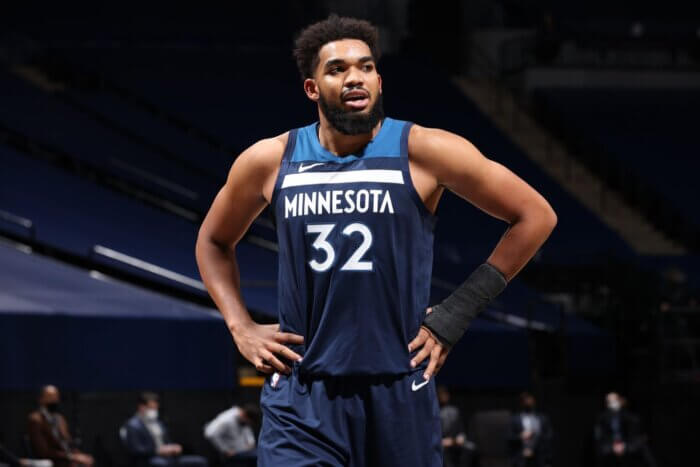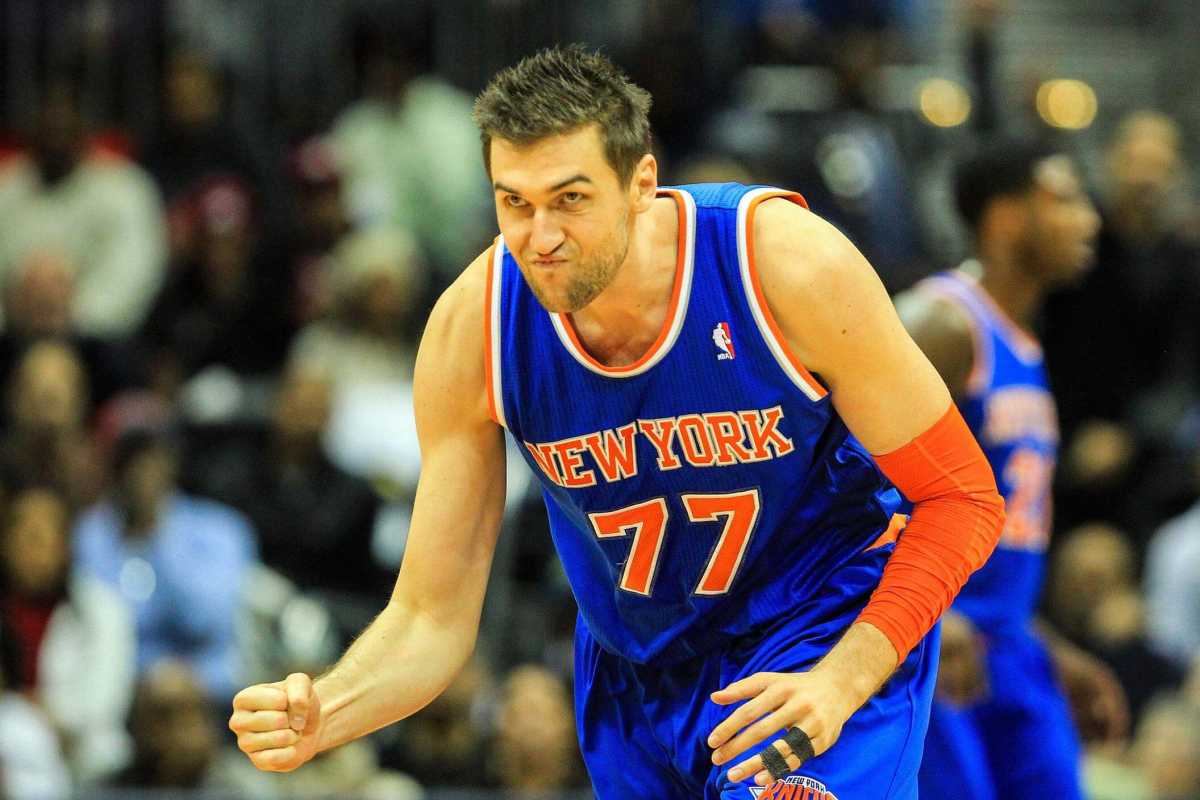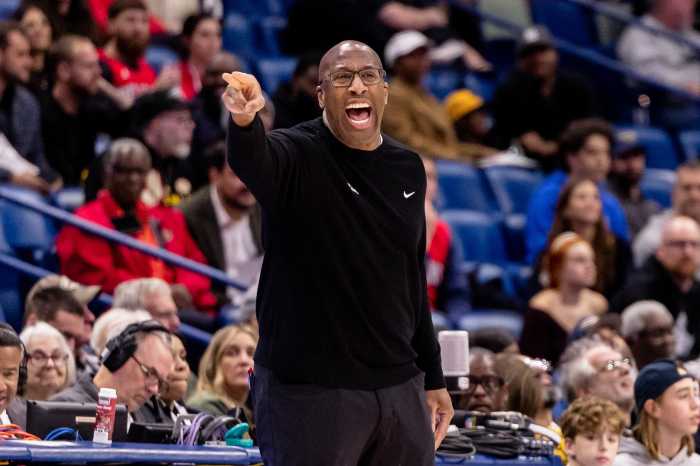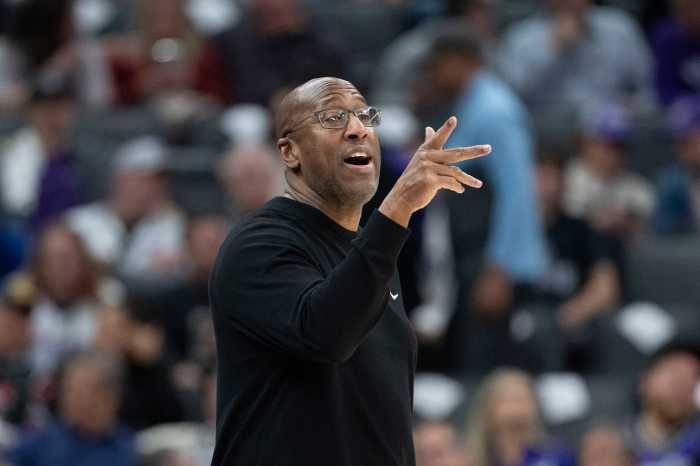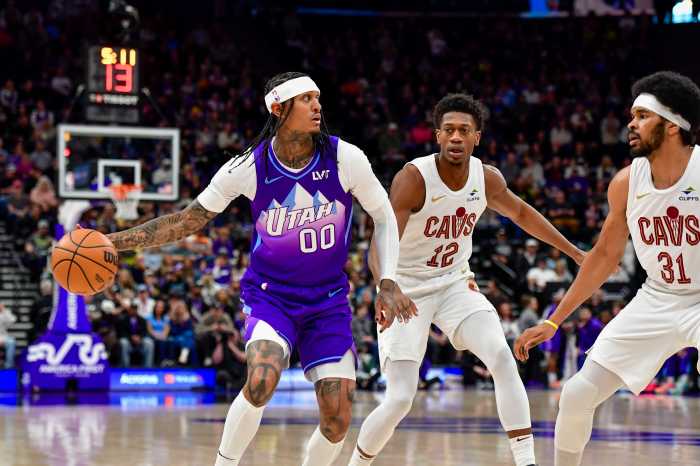The NBA offseason kicked into high gear with this weekend’s trade that sent Bradley Beal to the Phoenix Suns for Chris Paul and more. Trade rumors continue to swirl around the league, many of them centering around the New York Knicks; however, it would be prudent for the Knicks to look long and hard at their past before making any big moves this offseason.
As it stands now, the Knicks just completed their second-best season of the century. They won 47 games in the regular season and made the Eastern Conference semifinals. They hit it big with last year’s free agent signing of Jalen Brunson, are loaded with young talent, and armed with a plethora of first-round picks in the coming drafts.
It seems like the future is bright in New York, but there is also a palpable pressure to take advantage of the momentum from this season and make a big move to try to push for an NBA title.
Before the Knicks do anything like that, they need to go back and look at the 2013 offseason and the nearly irreparable damage it did to the franchise.
In 2012-13, the Knicks won 54 games, the organization’s most since 1996, and made the Eastern Conference semifinals. Unfortunately, they dropped the series 4-2 to the Indiana Pacers and the team entered the offseason looking for a spark that could help them get over the hurdle and into the NBA Finals.
Sound familiar?
Well, on July 10, 2013, the Knicks thought they found that spark by trading Marcus Camby, Steve Novak, Quentin Richardson, a 2016 first-round pick, and two second-round picks to the Toronto Raptors for Andrea Bargnani, the number one overall pick of the 2006 NBA Draft.
The trade was an abject disaster and one that almost crushed the franchise.
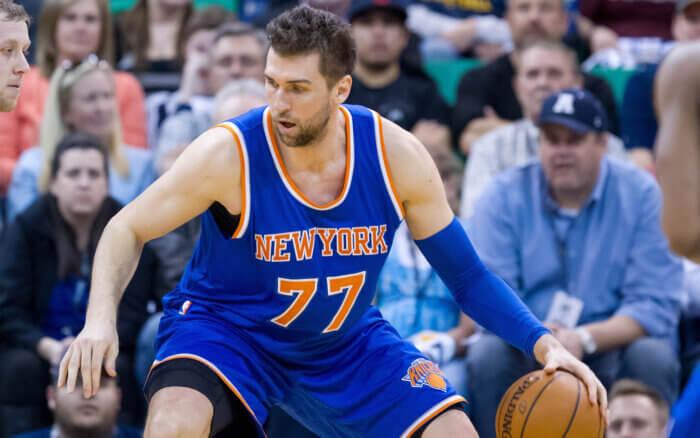
Bargnani was coming off of two injury-plagued seasons before the Knicks traded for him in the hopes that his three-point shooting would add another dimension to the team’s offense. However, Bargnani didn’t play more than 42 games in either season for the Knicks, and his style of play was a poor compliment to a frontcourt that featured Carmelo Anthony, Tyson Chandler, and Amare Stoudemire.
In two seasons in New York, the Italian big man averaged 13.9 points, 4.9 rebounds, 1.3 assists, and shot just 30.2% from beyond the arc. He struggled with the physicality of the NBA and the bright lights of New York City and also damaged his team off the court by bringing over a roughly $25 million salary that clogged up the books.
On the surface, the pieces the Knicks gave up don’t seem like too much of a loss.
Marcus Camby was in his second stint with New York and did not play in another NBA game. Quentin Richardson only appeared in one game in the 2012-13 season and also never played another NBA game after the trade.
Steve Novak was a minor rotational player in New York, but he was also coming off of a season in which he shot 42.5% from beyond the arc, so trading him away meant the Knicks lost the shooting that they claimed they were trying to acquire with Bargnani.
Yet, the real loss in the deal, other than hamstringing the Knicks with Bargnani’s salary, was that the 2016 first-round pick wound up becoming the ninth overall pick which was center Jakob Poeltl. The big man, who is back with the Raptors after four seasons with the Spurs, has developed into a talented NBA player. Over the last two seasons, he has averaged 13 points, 9.0 rebounds, 2.8 assists, and 1.5 blocks per game, while shooting 63% from the field.
Had the Knicks opted to pass on Poeltl in the draft, they could have selected Domantas Sabonis, Malik Beasley, Caris LeVert, Pascal Siakam, or even Dejounte Murray, who admittedly was drafted 29th overall.
Instead, New York felt the pressure to capitalize on a good season and forced a move that they didn’t need to make.
Many of the rumors we’ve discussed this offseason would fall under a similar category, whether it’s trading for Bradley Beal or DeMar DeRozan, Damian Lillard, or even Karl Anthony Towns.
With Brunson, Julius Randle, RJ Barrett, and Mitchell Robinson locked into multi-year deals, the Knicks only have one spot in their starting lineup. They also have future contracts to negotiate with young, developing stars Quentin Grimes and Immanuel Quickley and a contract to work out with free-agent reserve wing Josh Hart.
The Knicks have a solid young core and the draft capital to either add young players to it or make a trade for a player that fits into the timeframe of the current group. That timeframe is not next year, and the only spot in the starting lineup, unless the Knicks trade Randle or Robinson, is at shooting guard.
Yet, even with that spot at shooting guard, the Knicks need to add floor spacing, but Grimes shot 38% from three this past season. Any player who takes his spot in the starting lineup would need to bring at least that level of shooting and also match Grimes’ defense.
The result of all of this is that the Knicks maybe be a couple of pieces away from contending for a title, but their current roster doesn’t have any immediate holes to fill. Instead of trying to cram a player in, as they did with Bargnani, the Knicks need to be patient and let their young core develop.
That will buy them time to see what the key area for improvement is and find exactly the right player to fill that weakness. Acting now simply to capitalize on a window of opportunity that might not even be there could lead to another decade without consistent success.
For more Knicks coverage, visit amNY Sports
